Is there anything that permanently kills nutsedge?
gardenfanatic2003
12 years ago
Featured Answer
Comments (37)
schreibdave
12 years agotiemco
12 years agoRelated Professionals
Kenmore Landscape Architects & Landscape Designers · Newcastle Landscape Architects & Landscape Designers · Columbine Landscape Contractors · Commack Landscape Contractors · Fishers Landscape Contractors · Forest Hills Landscape Contractors · Mastic Beach Landscape Contractors · Mount Sinai Landscape Contractors · Ronkonkoma Landscape Contractors · San Bruno Landscape Contractors · South Farmingdale Landscape Contractors · Vineyard Landscape Contractors · Wallingford Landscape Contractors · Wentzville Landscape Contractors · Suisun City Landscape Contractorsbotanicalbill
12 years agogarycinchicago
12 years agoBig_Papi
12 years agogardenfanatic2003
12 years agoBig_Papi
12 years agonearandwest
12 years agobotanicalbill
12 years agoBig_Papi
12 years agodchall_san_antonio
12 years agobotanicalbill
12 years agonycjsw
12 years agoeline65
10 years agogsweater
10 years agoshortlid
10 years agoWeedtastic85
9 years agomorpheuspa (6B/7A, E. PA)
9 years agonjbiology
9 years agomorpheuspa (6B/7A, E. PA)
9 years agojpd216428
6 years agogardenfanatic2003
6 years agolast modified: 6 years agogardenfanatic2003
6 years agogardenfanatic2003
6 years agojpd216428
6 years agogardenfanatic2003
6 years agojpd216428
6 years agojpd216428
6 years agotraviam
6 years agoElaine Fix
6 years agobossyvossy
6 years agoreeljake
6 years agotraviam
6 years agoreeljake
6 years agoC V
3 years agodchall_san_antonio
3 years ago
Related Stories

HOMES AROUND THE WORLDWorld of Design: A House That’s Barely There
A rural Australian home blurs the boundaries between indoors and outdoors, camping and permanence, privacy and transparency
Full Story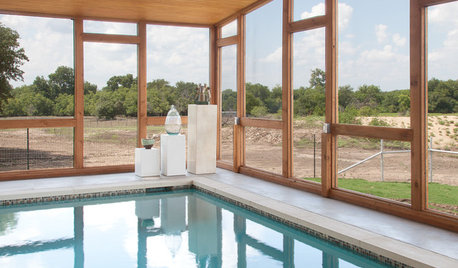
HOUZZ TOURSMy Houzz: An Animal Lover's Texas Sanctuary
Dogs, cats and horses enjoy an idyllic temporary refuge here, but the eco-minded home has a permanent place in its owner's heart
Full Story
STORAGESee a Hollywood Actor's Ship-Inspired Storage That's Boatloads of Cool
All hands on deck to check out this spacious storage and sleeping room featuring a steel gangplank, a pulley system and nautical rope
Full Story
DECORATING GUIDESFrom Queasy Colors to Killer Tables: Your Worst Decorating Mistakes
Houzzers spill the beans about buying blunders, painting problems and DIY disasters
Full Story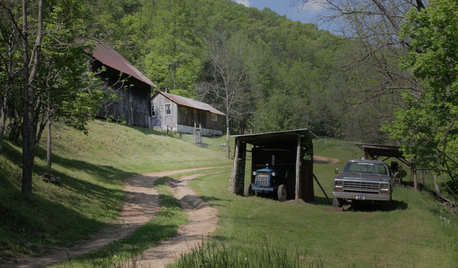
TASTEMAKERSNew Series to Give a Glimpse of Life ‘Unplugged’
See what happens when city dwellers relocate to off-the-grid homes in a new show premiering July 29. Tell us: Could you pack up urban life?
Full Story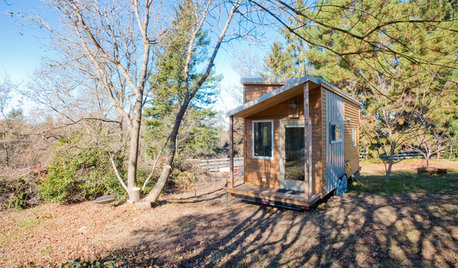
SMALL HOMESHouzz Tour: Rolling With Simplicity in a Tiny House on Wheels
Just 240 square feet, this California home encourages efficient living — but there’s still room for yoga
Full Story
ACCESSORIESHow to Hide Those Messy Wires
Untangle Yourself From Ugly Electrical Cords With a Few Tricks and Accessories
Full Story
REMODELING GUIDESWisdom to Help Your Relationship Survive a Remodel
Spend less time patching up partnerships and more time spackling and sanding with this insight from a Houzz remodeling survey
Full Story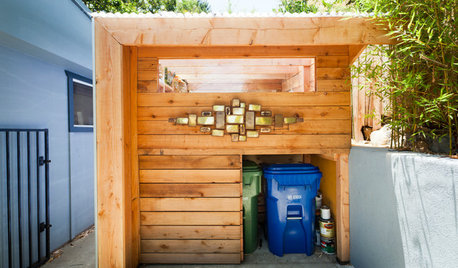
CURB APPEALHouzz Call: How Do You Hide Your Trash?
No one wants to see those trash and recycling bins. So where do you stash them while you wait for the garbage truck? Show us your designs!
Full Story
INDUSTRIAL STYLENew This Week: 2 Industrial Kitchens to Inspire Your Next Remodel
Bored with white kitchens? Introduce concrete and steel elements for modern industrial style that doesn’t disappoint
Full Story





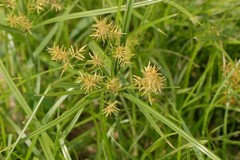

reeljake